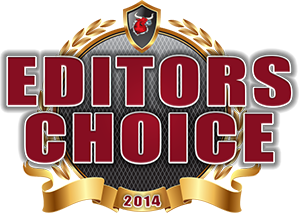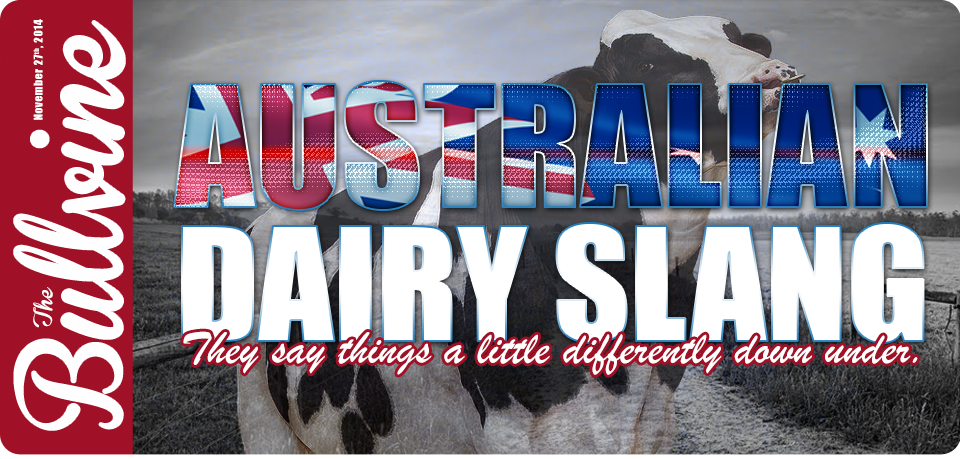
With the assistance of the members of The Milk House, (Read more: Introducing the Milk House – Dairy Breeder Networking on Facebook) here are 20 dairy phrases that have different meanings in Australasia than they have in North America. Here, in their own words, is what they say in Australia and New Zealand.
Stud – ”The term Stud means a pedigree cow herd here and means a Bull AI company up in North America.”
Dairy – “In North America a dairy is where someone milks the cows but down under it is called a cowshed. A dairy here is the local corner shop where you can get your food, etc.”
Units vs. Straws – “In North America a straw of semen is often referred to as a unit of semen, whereas we refer to them straws. (Example “I purchased 20 straws of Goldwyn Semen”)
Paddocks – “We call the fields, where cows graze, Paddocks whereas in North American they are called pastures.”
Crook – “A crook in North America refers to a person who is dishonest or a criminal. Here it means someone who is gravely ill.”
Thongs – Here we wear flip-flops, while in North America a thong is a tiny bathing suit.”
Barbie – “In North America Barbie is very unrealistically proportioned doll. In Australia a Barbie is a Bar-B-Cue.”
Bonnet –“For us, a bonnet is a car hood. In North America it is a lady’s hat.
Cracker – “ “Cracker” is the term we use for a heifer or cow that is very high in conformation whereas in North America a cracker is a thin, crisp wafer often eaten with cheese or other savory toppings.”
Take Out – “In North America food that is cooked and sold by a restaurant or store to be eaten elsewhere is called Take Out. However, down under this is referred to Take Away. Take Away in North American would refer to an act of regaining the ball or puck from the opposing team.”
Topping – “The process of cutting the grass in a pasture or paddock is called topping but in North America this this is called bush whacking. Toppings in North America are something you put on an ice cream sundae or pizza. Moreover, the brush mower used to do the topping in Australasia is called a slasher. In North America a Slasher is a horror movie, especially one in which victims (typically women or teenagers) are slashed with knives and razors.”
Pitchfork – “In North America a pitchfork is a farm tool with a long handle and sharp metal prongs, used especially for lifting hay. In Australasia, a Pitchfork is a ‘grapple’.”
A Uniloader –“For us, a uniloader is a small tractor with lift arms used to attach a wide variety of labor-saving tools or attachments is called a uniloader in North America they are called kid-steers or bobcats.”
Commercial – In North America a milk producer who is who not as focused on animal breeding is considered to be a commercial producer. In Australia a commercial only refers to the ads that come on during a favorite TV show.”
Sookies “We refer to our calves as Sookies. Also, they are often called Poddys, which sounds like something North American’s call restroom facilities for young children.”
Bulk Tank – “In North America a Bulk Tank is a cooling tank. It is a large storage tank for cooling and holding milk at a cold temperature, until it can be picked up by a milk hauler. In Australia and New Zealand , this equipment is called a Vat.”
Crushes – “North American headlocks are referred to as Crushes here.”
Open vs. Empty –“A heifer who is not in calf in North America is referred to as being Open. That heifer, for us, considered Empty.”
A Milk Shed –“ In North America a shed is a simple roofed structure, typically made of wood or metal, used as a storage space, a shelter for animals, or a workshop. Here a shed is a milking parlour and nd a parlour is somewhere Australians and New Zealanders go to have their afternoon tea.”
The Bullvine Bottom Line
While the specific terms that dairy farmers use the world over can be very different, the one thing that we all can say for sure is, “Dairy passion and purpose unites us all!”
Know more dairy slang? Be sure to share it with us.
Get original “Bullvine” content sent straight to your email inbox for free.



















Leave a Reply
You must be logged in to post a comment.